What is the function of a steam trap
Understanding Steam Traps:
A steam trap is a mechanical device designed to discharge condensate and non-condensable gases without letting steam escape. Steam traps are an integral component in steam systems, found in a variety of industrial settings, including refineries, chemical plants, food processing units, and more.
Key Functions of a Steam Trap:
- Condensate Removal: Steam, upon transferring its heat to a process, condenses into water. The presence of condensate in the steam system can lead to inefficiencies, reduced heat transfer, and even damage to equipment. Steam traps efficiently remove condensate, ensuring that only steam flows through the system.
- Energy Conservation: Steam traps play a pivotal role in energy conservation. By promptly removing condensate, steam traps prevent the loss of valuable energy, ensuring that the steam retains its heat content. This not only promotes energy efficiency but also reduces fuel consumption and operational costs.
- Prevention of Water Hammer: Water hammer is a phenomenon that occurs when steam and condensate mix in a system, creating a sudden surge of pressure. Steam traps prevent water hammer by ensuring that only condensate-free steam passes through the pipelines, preventing damage to equipment and prolonging the system's lifespan.
- Equipment Protection: The presence of condensate in steam lines can lead to corrosion and erosion of pipes and other components. Steam traps safeguard equipment by maintaining dry steam conditions, minimizing the risk of corrosion and extending the life of the system.
- Temperature Control: Steam traps contribute to temperature control within a system. By efficiently removing condensate, steam traps help maintain a consistent temperature, ensuring that processes requiring specific temperature levels are carried out accurately and efficiently.

 Aerated Concrete Block Industry
Aerated Concrete Block Industry  Brewery Industry
Brewery Industry  Captive Cogen Industry
Captive Cogen Industry 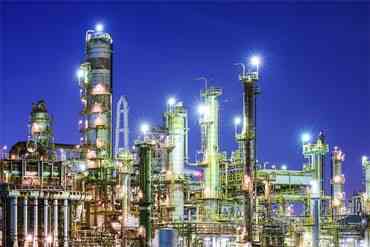 Chemical Industry
Chemical Industry  Dairy Industry
Dairy Industry  Edible Oil Industry
Edible Oil Industry 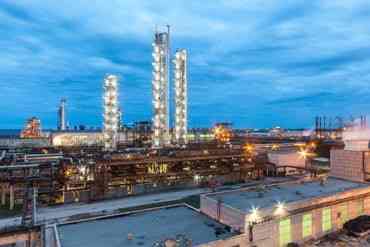 Fertilizer Industry
Fertilizer Industry  Hotel Industry
Hotel Industry 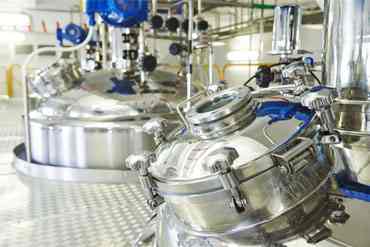 Pharma Industry
Pharma Industry 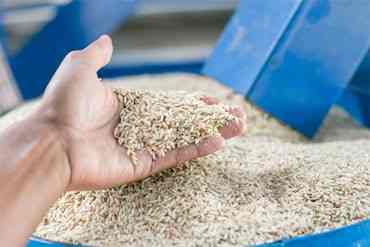 Rice Industry
Rice Industry 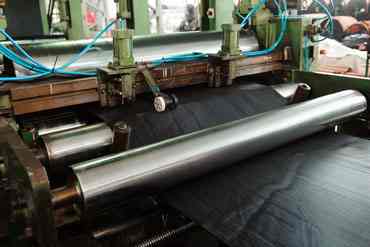 Rubber Industry
Rubber Industry  Soap Industry
Soap Industry  Sugar Industry
Sugar Industry  Textile Industry
Textile Industry 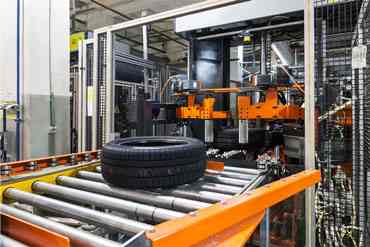 Tyre Industry
Tyre Industry